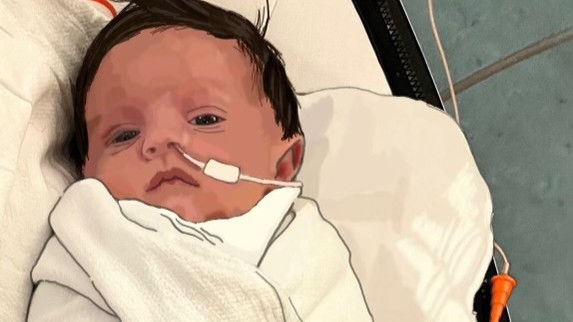The Evolution of Gratitude: The "Smarter" Grateful Patient Program.
- Simi Kell
- Sep 21, 2023
- 3 min read
Updated: Oct 3, 2023

In the evolving landscape of healthcare, the concept of grateful patient programs has steadily gained prominence. These initiatives allow patients and their families to express gratitude towards medical institutions through charitable donations, supporting diverse endeavors from medical research to facility improvements. But as with any system, there's always room for innovation. Enter the "Smarter" Grateful Patient Program. My esteemed colleague, Jay Finney, and I have the honor of presenting this topic at the International Association for Healthcare Philanthropy conference (#happeningnow). However, before we got to this pinnacle, the presentation preparations included a recurring thought I could not overlook: What indeed constitutes the intelligence behind a "Smarter" Grateful Patient Program?
Here's a quick deep dive into what makes a grateful patient program 'smarter' and why it's poised to redefine healthcare philanthropy.
1. Redefining 'Smarter' in Philanthropy
At the heart of this initiative lies a simple question: What does 'smarter' truly mean? The answer lies in combining technology, personalized patient engagement, and data analytics. This isn't just about asking for donations but about creating a holistic, empathetic, and intelligent system.
2. Harnessing the Power of Tech
Data analytics could drastically enhance program efficacy - even AI is another tool that can used (with caution). Imagine leveraging predictive analytics to identify potential donors based on their past giving behaviors or patient experiences, ensuring timely and resonant outreach.
3. The Personal Touch
Beyond data, there's the undeniable power of personal connection. Tailoring the program to resonate with individual experiences ensures that every expression of gratitude remains authentic and heartfelt.
4. Feedback as a Goldmine
Integrating feedback mechanisms can provide invaluable insights. Healthcare institutions can continually refine and innovate by listening to patients' stories.
5. Walking the Ethical Tightrope
Mixing clinical care with philanthropy is delicate. It's imperative to ensure patients never feel obligated to donate, maintaining the sanctity of unbiased medical care.
6. Beyond Monetary Contributions
Engagement needn't be solely financial. By offering opportunities for volunteering or storytelling, institutions can foster a more profound sense of community and belonging.
7. Building Trust with Transparency
Trust is the bedrock of any donation. Regular updates on the impact of contributions can ensure donors feel valued and informed.
8. Teamwork Makes the Dream Work
The role of the medical team in shaping patient experience is paramount. By creating a framework that allows for acknowledging gratitude, connecting with major gift officers, and aligning with the program's objectives, institutions can foster a symbiotic relationship that benefits patients and the medical community.
9. Cultivating Long-term Relationships
The journey with donors shouldn't end with a one-time donation. Through regular communications, institutions can build lasting bonds that benefit both parties.
10. Narratives That Inspire
A compelling story can be a potent catalyst. Sharing success stories of grateful patients via broad-based appeals can inspire others, amplifying the program's impact.
11. Measuring Success
Success isn't just about funds raised. Key metrics like donor engagement, satisfaction, and repeat donations offer a holistic view of the program's impact.
12. Dreaming Bigger
The potential of a successful program is vast. By exploring scalability, we can amplify the positive ripple effects across the healthcare ecosystem.
In essence, the "Smarter" Grateful Patient Program isn't just about evolving the process but reimagining the very ethos of healthcare philanthropy. As we usher in this new era, the horizon looks promising, filled with gratitude, innovation, and lasting impact.
Disclaimer: The views and opinions expressed herein are solely my own and do not reflect the positions or opinions of any organizations with which I may be affiliated.
.png)








Comments